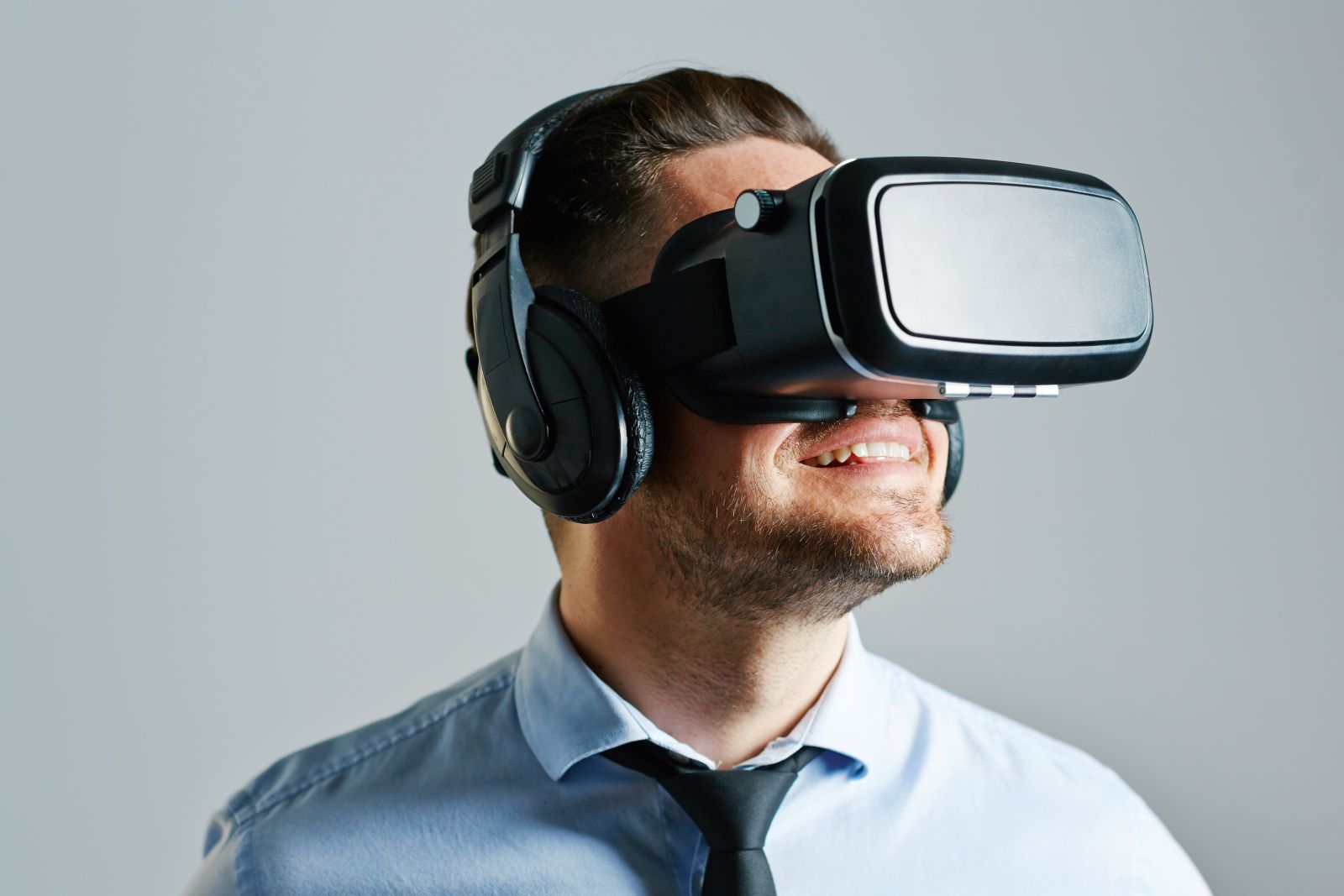VIRTUAL REALITY COULD BE AN UNLIKELY ALLY IN HELPING AVOID FALLS AMONG ELDERLY PEOPLE
January 19, 2022
By Luke Dormehl
Why it matters to you
Accidental falls lead to the hospitalization and even death of thousands of elderly people each year. These researchers think virtual reality may be able to help elderly people at home or in Aged Care.
With its ability to transport users to strange new worlds, or place them in the shoes of people whose lives they’d never otherwise get to experience, Virtual Reality (VR) is capable of some pretty amazing things.
But if you think that’s all that VR is able to do, you’re not thinking big enough.
At the University of North Carolina at Chapel Hill and North Carolina State University, researchers have been investigating whether the latest VR tech could also be used to help prevent falls among the elderly and people with neurodegenerative conditions. With these falls effecting so many elderly people each year, their idea is that VR could play a role in detecting balance impairments earlier on — and maybe even helping to reverse them.
“We’ve implemented a virtual reality environment that allows us to perturb optical flow — i.e. the visual perception of how you are moving in your environment — in a way that simulates walking imbalance,” Jason Franz, assistant professor in the joint UNC/NC State Department of Biomedical Engineering, told Digital Trends. “Our ongoing work suggests that the use of this technique may help identify preclinical balance impairments that are not otherwise apparently during normal walking.”
In their study, published in the journal Nature Scientific Reports, the team’s novel VR system was used to create a sense of loss of balance as participants walked on a treadmill in front of a large, curved display, showing a moving hallway. They were filmed using 14 cameras, as well as various smart sensors and electrodes to measure participants’ responses — such as examining how their muscles responded to potential falls. By doing this, and learning more fine grain detail about participants’ movement than would otherwise be possible, the researchers think VR may be a useful tool in diagnosing balance impairments and training people to improve their balance.
“It’s still early, but we see a lot of potential moving forward for the early detection and rehabilitation of people at risk of falls,” Franz continued. “This is especially exciting and timely given the advent of wearable and low cost virtual reality technology.”
Next, Franz said that the team plans to look at ways to move the experiment outside the lab. “This could include improving diagnostics in the clinic or improving balance control through training programs in retirement communities,” he concluded. “We always try to emphasize the translational relevance of our work.”
Back to News

